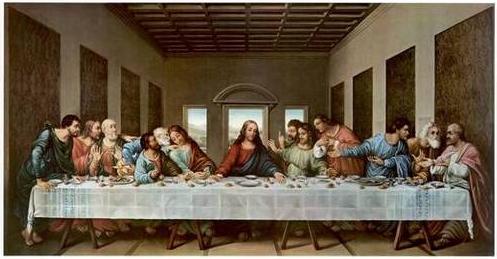Every language uses reductions. For me, understanding my art professor's reductions made it difficult for me to understand his lectures. So I recorded them, and listened to them repeatedly, until I understand what reductions he was using, and where.
As I mentioned in my last blog post, I recorded my professors' lectures as they had encouraged me to. One of my professors who taught me art history as well as Sculpture I, was really nice to me and encouraged me to record his art history classes as the lectures could be hard to understand sometimes.
He is Canadian and he had lived in South Dakota over 10 years. He was also Irish who has big blue eyes, light skin and dark hair. I thought he was handsome! By that time I couldn't tell his Canadianish South Dakota way of speaking as I just started getting used to English speaking.
What I remembered was he spoke English clear and slow. Sometimes it was like singing as he had his own rhythm and the sentences flew well. Like many Canadians he had a "sing-songy" way of speaking, likely a holdover of his Irish background.
One of the lectures I remember was the rise of Renaissance Art. He was talking about the Renaissance reached its zenith in the late 15th and early 16th century. I didn't understand what did zenith mean so I asked him to spell it. He went like "zed, e, n, i, t, h." I got confused at first as I couldn't catch "zed" so I asked again if it's a name or something like a word. He laughed and told me that it's just the letter "Z." I noticed that it wasn't the way I learned about the letter so I looked it up online and I found that Canadian English tend to pronounce "zed" instead of "zee."
When we were discussing Leornado Da Vinci's Last Supper, one of his class assignments was to let us take a picture of ourselves playing different characters in the painting. I remembered that I purposely wore a red jacket to try to look like the figure in the original painting, as I was designated to mimic the second one on the left. It was so fun and I loved it.
His unique way of speaking English made me think a lot, as I started to pay attention to his reductions and the difference between Canadian English and American English. The more I was used to his way of speaking, the better I could understand him.
However, after I was comfortable and familiar with his reductions, sometimes I still couldn't understand him. First I thought it might be the new words and phrases that I couldn't catch, so after class, I listened to his recordings over and over again try to catch the new words and phrases. However, I gradually found out that it was not the new words which I couldn't understand, it was his spoken reductions that I couldn't get.
I'll talk more about English spoken reductions in my next post.
Thanks for reading :)

Shiyi Zhang
Literacy and Learning for Life
Join the conversation
As I mentioned in my last blog post, I recorded my professors' lectures as they had encouraged me to. One of my professors who taught me art history as well as Sculpture I, was really nice to me and encouraged me to record his art history classes as the lectures could be hard to understand sometimes.
He is Canadian and he had lived in South Dakota over 10 years. He was also Irish who has big blue eyes, light skin and dark hair. I thought he was handsome! By that time I couldn't tell his Canadianish South Dakota way of speaking as I just started getting used to English speaking.
What I remembered was he spoke English clear and slow. Sometimes it was like singing as he had his own rhythm and the sentences flew well. Like many Canadians he had a "sing-songy" way of speaking, likely a holdover of his Irish background.
 |
| Leornado Da Vinci's Last Supper Original Painting |
One of the lectures I remember was the rise of Renaissance Art. He was talking about the Renaissance reached its zenith in the late 15th and early 16th century. I didn't understand what did zenith mean so I asked him to spell it. He went like "zed, e, n, i, t, h." I got confused at first as I couldn't catch "zed" so I asked again if it's a name or something like a word. He laughed and told me that it's just the letter "Z." I noticed that it wasn't the way I learned about the letter so I looked it up online and I found that Canadian English tend to pronounce "zed" instead of "zee."
 |
| My art class reacted the painting and that's me in red on the left!!! |
His unique way of speaking English made me think a lot, as I started to pay attention to his reductions and the difference between Canadian English and American English. The more I was used to his way of speaking, the better I could understand him.
However, after I was comfortable and familiar with his reductions, sometimes I still couldn't understand him. First I thought it might be the new words and phrases that I couldn't catch, so after class, I listened to his recordings over and over again try to catch the new words and phrases. However, I gradually found out that it was not the new words which I couldn't understand, it was his spoken reductions that I couldn't get.
I'll talk more about English spoken reductions in my next post.
Thanks for reading :)

Shiyi Zhang
Social Media Intern, English at Large
Suffolk University, MA 2014
ENGLISH AT LARGELiteracy and Learning for Life
Join the conversation

No comments:
Post a Comment